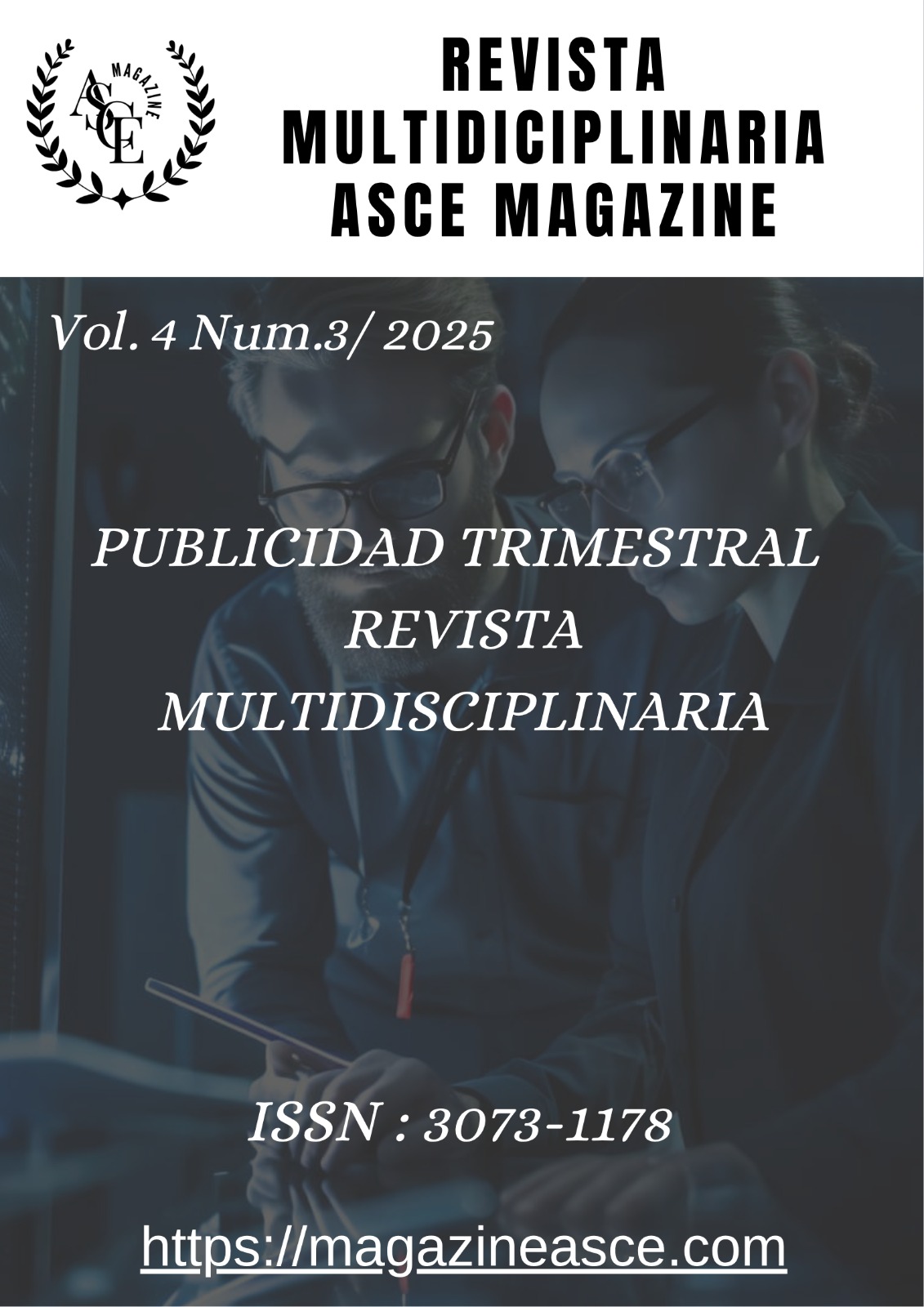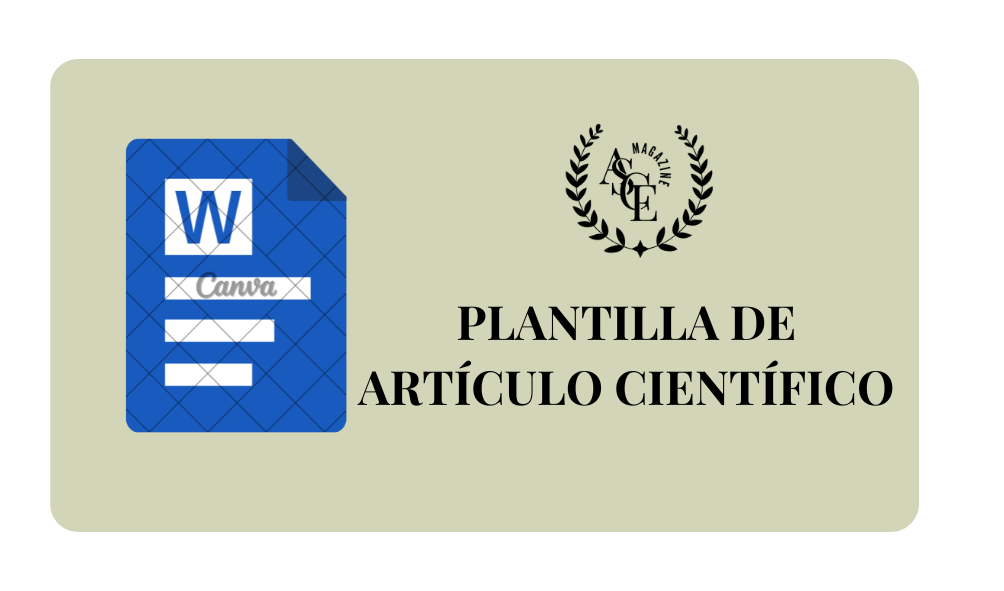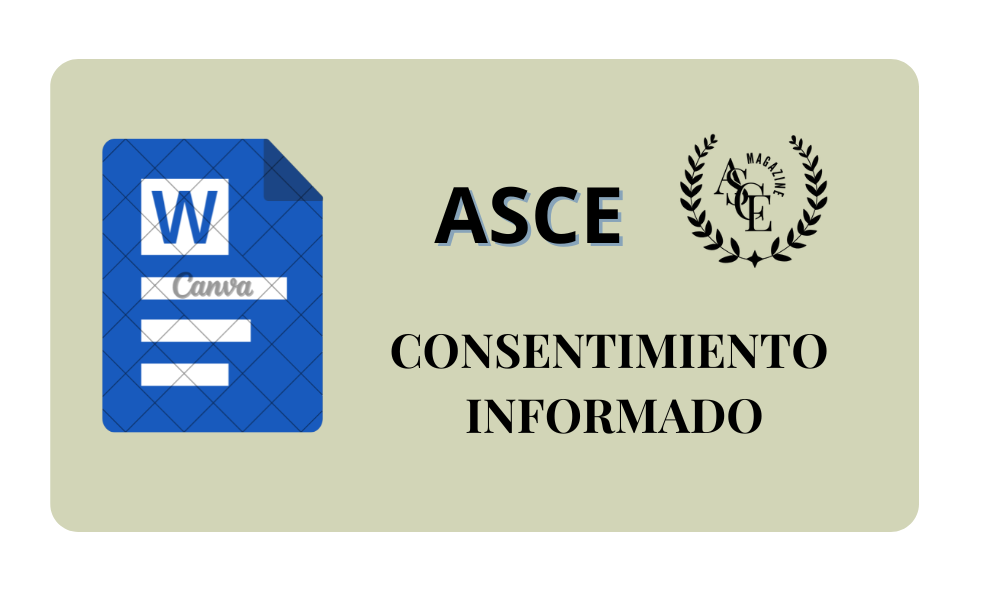Process of printing prostheses and orthoses through 3d printing using recycled plastic material.
DOI:
https://doi.org/10.70577/ASCE/2012.2032/2025Keywords:
Plastic Contamination; 3d Printing; Recycled Plastic; Customized Prosthesis; 3d Filament.Abstract
One of the most serious environmental challenges of the 21st century is the pollution caused by the tons of waste produced globally each year. Another significant challenge of the era is the generation of personalized prostheses and orthoses necessaries to improve many people’s quality of life. For this reason, we developed a project using an applied methodology to address both problems simultaneously. In this paper we propose a sustainable alternative for the manufacture of prostheses and orthoses through 3D printing technologies from recycled plastic, using an applied methodology to develop and optimize a system for producing 3D filament from fragmented recycled plastics. Experiments were conducted using different types of recyclable polymers, with special emphasis on type 2 and 5 plastics, due to their availability and favourable mechanical properties for this application.
The study addresses key factors including aspects such as the choice of the most suitable material, the extrusion process of the filament and its subsequent treatment to give rise to personalized medical devices. This proposal not only contributes to reduce the environmental impact generated by plastic waste, but also offers an efficient and economical solution. Thus, a significant increase in process efficiency and a significant cost reduction compared to traditional manufacturing methods is achieved.
Downloads
References
UNEP, P. d. (2023). Turning off the tap: How the world can end plastic pollution and create a circular economy. Nairobi: UNEP. Obtenido de GLOBAL GOVERNANCE OF PLASTICS AND ASSOCIATED CHEMICALS: https://www.basel.int/Portals/4/Basel%20Convention/docs/plastic%20waste/UNEP-FAO-CHW-RC-POPS-PUB-GlobalGovernancePlastics-2023.pdf
Smith, J. (2020). Recycled plastics in 3D printing: A new frontier for sustainability. Journal of Additive Manufacturing, 233–245.
Giannitelli, S. M., Accoto, D., & Guglielmelli, E. (2021). 3D printing in medical applications: A review of current and emerging uses in prosthetics. Biomedical Engineering Reviews, 15–28.
Gebler, M., Uiterkamp, A. J., & Visser, C. (2020). A global perspective on the environmental benefits of 3D printing in healthcare. Sustainable Manufacturing and Engineering Journal, 101–115.
Saywa, A. (10 de 21 de 2021). Propuesta de prótesis accesibles mediante impresión 3D y materiales reciclados. Proyecto universitario inédito. Quito.
Ragaert, K., Delva, L., & Van Geem, K. (2020). Mechanical and chemical recycling of solid plastic waste. Waste Management, 24–58. DOI: https://doi.org/10.1016/j.wasman.2017.07.044
Ministry of Public Health of Ecuador. (2022). Disability Project Outcomes Evaluation Report. Quito.
National Council for Disability Equality . (2023). Statistics on Disability in Ecuador. Quito.
Cevallos, A., García, M., & Salazar, S. (2023). Acceso a servicios de salud en zonas rurales del Ecuador: desafíos y oportunidades. Revista Ecuatoriana de Salud Pública, 45–53.
Smith, J., & Johnson, A. (2023). Properties of PLA for 3D Printing. Journal of Polymer Science, 123-130.
Brown, L., & Davis, M. (2024). Thermal and Chemical Resistance of ABS in Additive Manufacturing. Materials Today, 78–85.
Lee, K., & Kim, S. (2023). Flexibility and Elasticity of TPU in 3D Printing Applications . Polymer Engineering Journal, 50–58.
Martinez, R., & Gonzalez, P. (2024). Comparative Study of PETG and Other Polymers for 3D Printing. Journal of Materials Science, 200–210.
Wilson, D., & Thompson, E. (2023). Mechanical Properties and Durability of Nylon in Additive Manufacturing. International Journal of Polymer Science, 300-310.
Garcia, L., Fernandez, P., & Morales, A. (2023). Classification and Processing of Post-Consumer Plastic Waste for Filament Production. Polymer Recycling Journal, 98–110.
Gibson, I., Rosen, D., & Stucker, B. (2021). Additive Manufacturing Technologies: 3D Printing, Rapid Prototyping, and Direct Digital Manufacturing. Springer.
Johnson, K. (2020). Use of recycled plastics in 3D printing. Journal of Sustainable Materials, 12–20.
Perez, J. M., & Smith, L. G. (2025). Advances in polymer composites for electronics. CLEI Electronic Journal, 101–110.
Research. (2023). Mechanical properties of recycled plastics and tires. Scientific Journal Investigate, 2053–2077.
Zhang, Q., & Black, M. S. (2024). Exposure hazards of particles and volatile organic compounds emitted from material extrusion 3D printing. Environment International, 107594. DOI: https://doi.org/10.1016/j.envint.2023.108316
Thompson, M. R., Swan, J. M., & Moore, K. R. (2023). Recycling and Reprocessing of Common Household Plastics: PET, HDPE, PVC, LDPE, and PP. Journal of Polymer
Downloads
Published
How to Cite
Issue
Section
License
Copyright (c) 2025 Juan Pablo Pazmiño Piedra, Ángel Ariel Cedillo Illescas , Danny Steven Solano Arpi

This work is licensed under a Creative Commons Attribution-NonCommercial-NoDerivatives 4.0 International License.






























